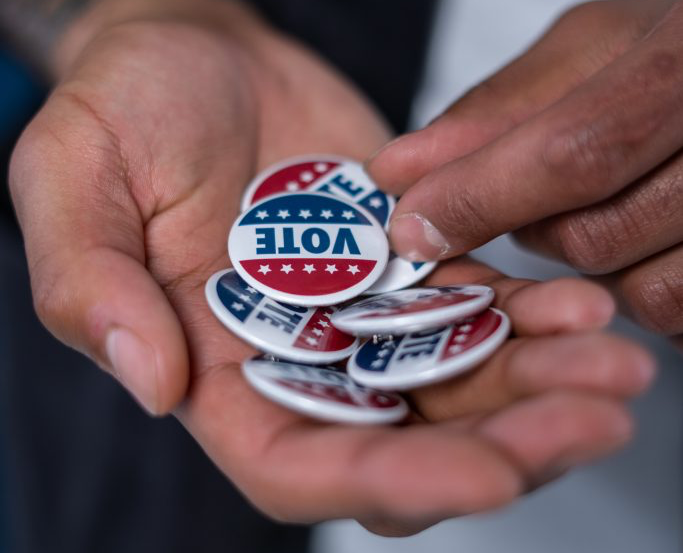The number of Hispanic-Latino elected officials has grown nearly 75 percent over the past two decades, but Hispanic-Latino politicians still comprise less than 2 percent of all elected officials in the country, according to an analysis by the National Association of Latino Elected Officials (NALEO).
The Hill reported that the study found there were 7,087 Hispanic-Latino elected officials as of 2021 out of more than 500,000 elected positions nationwide.
In other words, 1.5 percent of all elected officials are Hispanic-Latino, compared to 18.5 percent of the population, according to the Census Bureau.
There has been plenty of debate over Hispanic-Latino voters shifting to the right in the 2020 general election. The general consensus is that 3 in 5 (or slightly more) Hispanics-Latinos voted for President Joe Biden over then-President Donald Trump. Still, there’s no denying Trump made gains among Hispanics-Latinos — and in some places, quite sizable ones, as reported by FiveThirtyEight.
Going forward, such swings among Latinos — the largest ethnic or racial minority group in the country — could affect each party’s chance of carrying important states while also putting Democratic-leaning territory in play for the GOP.
“This current administration has yet to deliver for the (Hispanic-Latino) community,” said Julio Ricardo Varela, interim co-executive director of Futuro Media Group, co-host of the “In The Thick” podcast, and founder of Latino Rebels. Varela discussed on Under the Radar with Callie Crossley how Democrats’ voter bungling could really haunt them in this year’s midterm elections. He believes not enough has been done to help Hispanics-Latinos during the pandemic, who have been disproportionately affected by COVID-19, as well as immigration reform. “It is an issue of the heart.”

“There is a tendency for Democrats to take the Latino vote for granted and assume that because the Latino population is growing then they will permanently gain more and more control,” said Tibisay Zea, senior reporter at El Planeta in Boston. Zea joined Varela as a guest on the WGBH News program. She says Hispanics-Latinos tend to act like a swing state.
Hispanics-Latinos are pretty swingy compared with other voting blocs, reports FiveThirtyEight as they’re just not that attached to the two major parties. In Gallup’s 2021 polling, 52 percent of Hispanic-Latino Americans identified as independent, which was 10 percentage points higher than the population as a whole (42 percent). And while studies show that voters leaning toward a party do tend to back that party, they are still more likely to vote for the other side than voters who strongly identify with a party.
About one-third of Hispanics-Latinos weren’t born in the U.S., which means many haven’t developed a strong allegiance to either party. As a result, many first-generation Hispanics-Latinos haven’t instilled loyalty to either party in their children, which is often how younger voters in the U.S. form their partisan identities.
“I don’t think either party is doing enough,” Arturo Vargas, CEO of NALEO. “One of the things that we did see the Republican Party do over the past several years is trying to grow the number of Latino Republicans running for nonpartisan offices.”
“That is a smart strategy,” said Vargas who believes the political party that builds a bench of Hispanic-Latino candidates to run for higher office – is the one who ultimately will be victorious.
In the 2020 election, the Pew Research Center finds of the more than five million eligible voters in Massachusetts, 452,000 were Hispanic-Latino.




